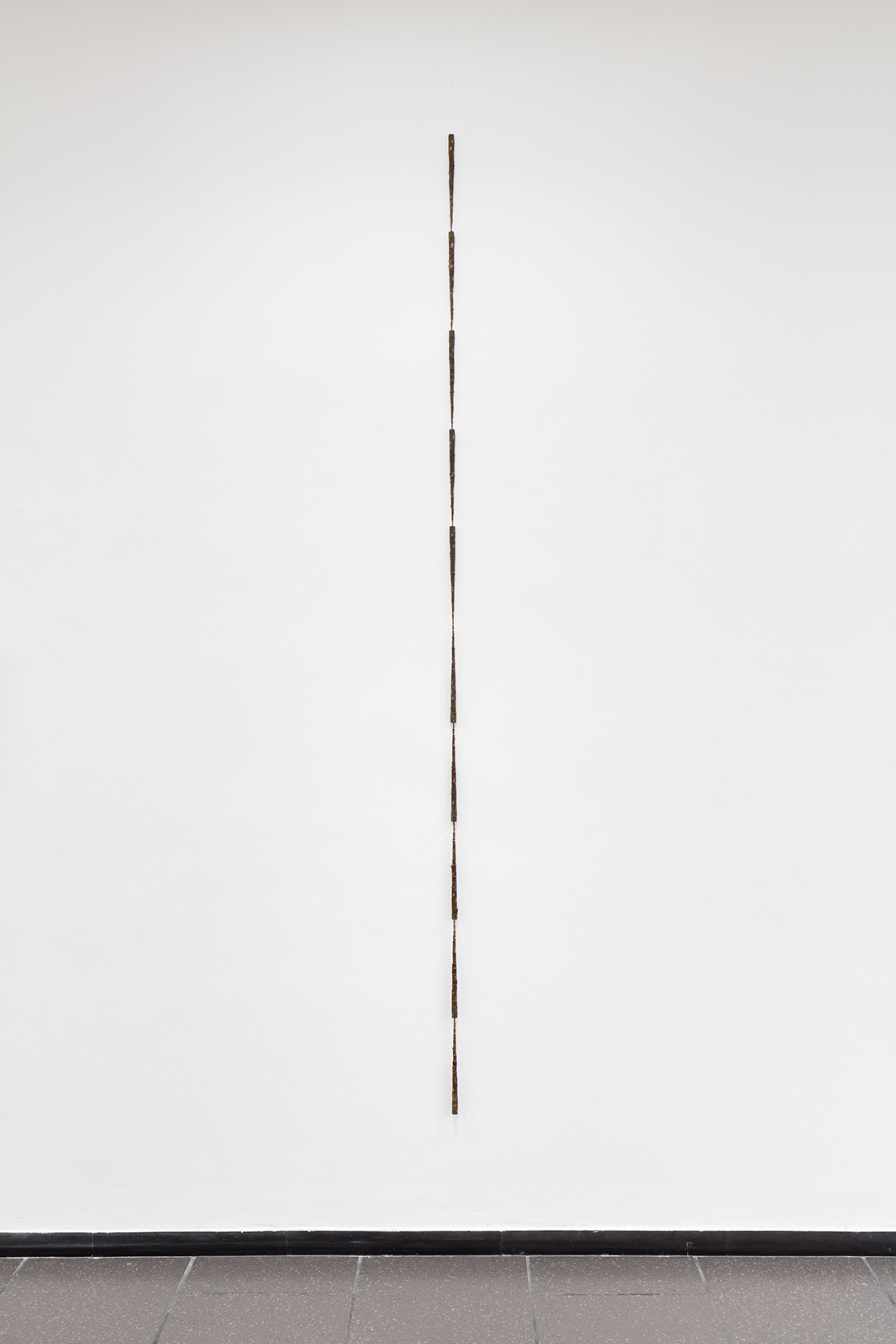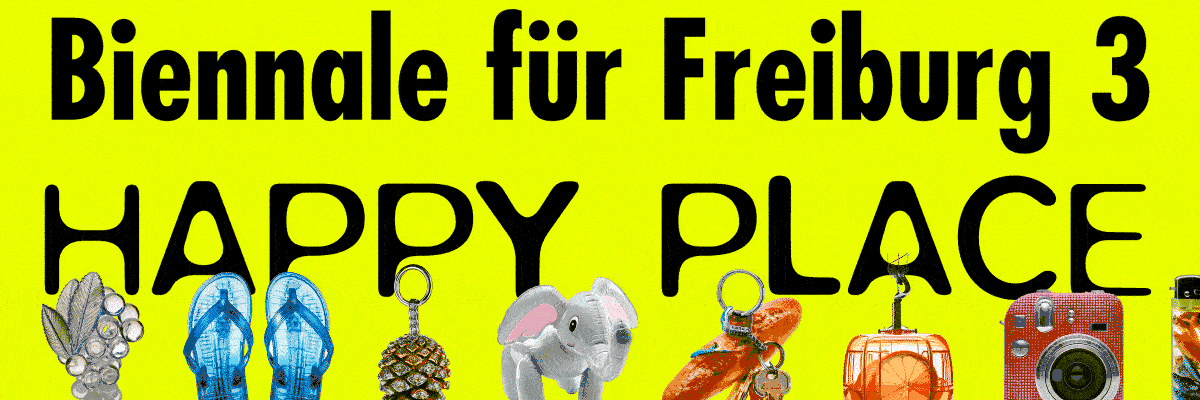
Albrecht Schäfer
Möglichkeiten einen Stein zu Betrachten
Project Info
- 💙 Petra Rinck Galerie
- 🖤 Albrecht Schäfer
- 💜 Interview between Franziska Lamprecht and Albrecht Schäfer
- 💛 Johannes Bendzulla
Share on

Albrecht Schäfer exhibition view
Advertisement

Albrecht Schäfer exhibition view

Albrecht Schäfer exhibition view

Albrecht Schäfer, Ast 05, Var 1 (copper beech), 2024, copper beach branch, yarn, ink, 272 x 2,5 cm

Albrecht Schäfer exhibition view

Albrecht Schäfer, Fading Green 2024, chlorophyl, water, size variable

Albrecht Schäfer exhibition view

Albrecht Schäfer exhibition view

Albrecht Schäfer, Interieur 25, 2024, oil on wood, 23,5 x 16,9 cm

Albrecht Schäfer, Steine und Ast #8, 2024, oil on cardboard on wood, 29,7 x 21 cm

Albrecht Schäfer, Ziegelstein, 2024, oil on wood, 25 x 13 cm

Albrecht Schäfer, Wald, 2024, oil on wood, 31,2 x 28 cm

Albrecht Schäfer, Interieur 26, 2024, oil on wood, 33,3 x 24 cm
Franziska Lamprecht conducted an interview with Albrecht Schäfer by email in preparation for his exhibition Möglichkeiten einen Stein zu betrachten at Galerie Petra Rinck.
Franziska Lamprecht is an author and artist from upstate New York and currently lives in Taipei. She collaborates with Hajoe Moderegger under the name eteam.
(full version on the website http://www.petrarinckgalerie.de)
Franziska Lamprecht: When I think of exhibiting dust, stones and earth in a gallery, I think of The New York Earth Room by Walter De Maria. In 1977, 197 cubic yards of earth were spread over 335 square feet of floor space in a loft on Wooster Street in NYC, and the installation has been maintained as a permanent sculpture by the DIA Art Foundation ever since. The work is called a sculpture, I assume partly because of its thickness of 56 cm. Your floor work, on the other hand, is flat, so you seem to be more concerned with the surface, i.e. you create a picture that does not hang on the wall but lies on the floor. Am I right or am I only making this assumption because you sent me a preview of this work as a photo, an image that I immediately associate with your painting of stones?
Albrecht Schäfer: The most important teacher for me in my art studies was Roger Ackling at Chelsea College of Art in London. He belonged to a circle of artists that also included Richard Long and Hamish Fulton. His work and he himself gave me a very formative impression of the conceptual art and land art of the 1960s, which always attracted me more than American art. Arte Povera was also important for me in this context in terms of art history. For me, the work Dust and Stones in its direct transfer of material from one place to another is closer to Richard Long’s early works than to Robert Smithson or Walter De Maria.
But you’re right, I also intended the work as a picture, which for me is alternately reminiscent of a lunar landscape, a Zen garden or a large still life. In this respect, of course, it has a lot to do with my painting, where I often build up and paint still lifes from stones next to the easel. I see the stones as sculptures or as mountains in a very wide, desert-like landscape. Or simply as stones.
FL: How do you go about working on the floor?
AS: At the original location, I first divide the field into squares, then collect the stones in each square separately and then recreate them square by square in the gallery. In the exhibition, however, an even area of dust or very fine sand is first sifted under the stones.
FL: You describe your work as a Nachbau (reconstruction). Why didn’t you say Umbau (conversion) or Neubau (new construction)?
AS: Umbau or Neubau sounds to me like arranging or inventing something. But my work is not about invention, but about precise observation and the transformation of this experience into another medium or another form. There is this beautiful text by Francis Ponge, „The Pine Woods Notebook“ , in which he tries to describe a pine forest and realizes in the very first sentence that he does not grasp the object exactly. The whole book is a doomed and yet very poetic attempt to translate an object into language. The text is always different from the object, but the process of approximation or transformation is interesting and says as much about the object as it does about the author and his way of thinking. This transformation and the associated attitude towards the world interests me more than reinventing something.
Interview between Franziska Lamprecht and Albrecht Schäfer




